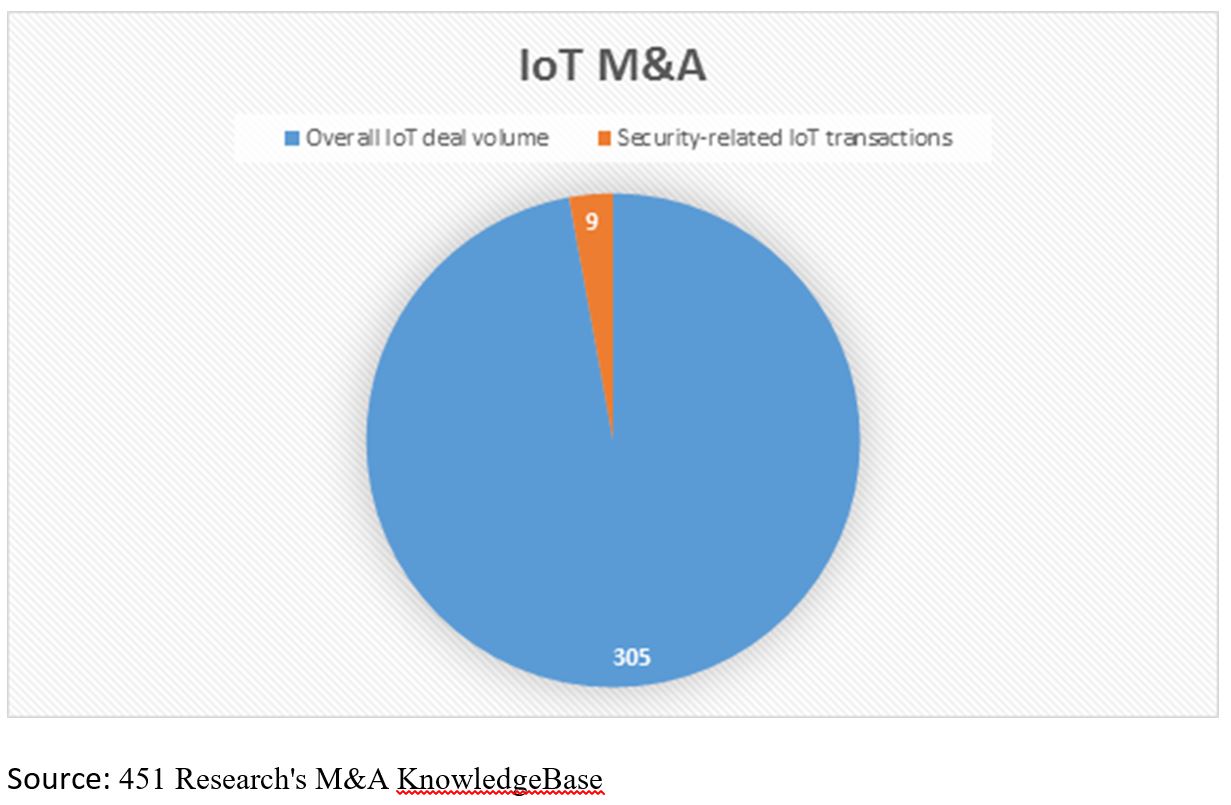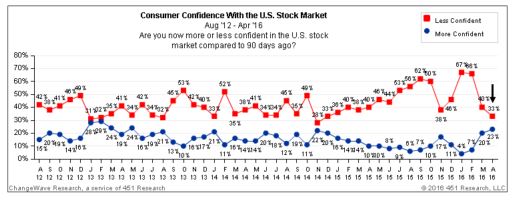by Brenon Daly
Reversing the flow of typical consolidation moves, privately held Avast Software said it will pay $1.3bn to remove fellow antivirus (AV) vendor AVG Technologies from the NYSE. In addition to flipping the script on the conventional roles of buyer and seller, there’s also a fair amount of irony in the announced pairing of the companies, which share similar roots and vintage. After all, the acquisition comes four years after Avast scrapped its plans to be a public company, a decision that was partly due to AVG’s lackluster performance immediately following its own IPO in early 2012.
Terms call for private equity-backed Avast, which has secured about $1.7bn from a lending syndicate, to pay $25 for each share of AVG. Although that represents a 33% premium over the previous closing price, it is actually lower than AVG shares were trading on their own at this time last year.
Both companies, which have been in business for more than a quarter-century, have struggled to adjust their portfolios to match recent changes in the threat landscape. Specifically, they have been somewhat caught out by the ineffectiveness of their historic desktop-based AV offerings, as well as the emerging threats posed by mobile devices. Over the past two years, Avast and AVG have used M&A to help move into the post-AV world, including doing four acquisitions to bolster their mobile security portfolios.
However, the overall transition of the business has been slow. AVG, for instance, said revenue in the first quarter expanded just 5% and indicated that sales in the just-ended Q2 actually declined slightly. AVG’s sluggish recent performance goes some distance toward explaining its rather muted valuation. Avast is paying $1.3bn, or slightly more than 3x the $433m in trailing sales put up by AVG. That’s just half the average multiple of 6.4x trailing sales in the 10 other information security transactions valued at $1bn or more, according to 451 Research’s M&A KnowledgeBase.
For more real-time information on tech M&A, follow us on Twitter @451TechMnA.



